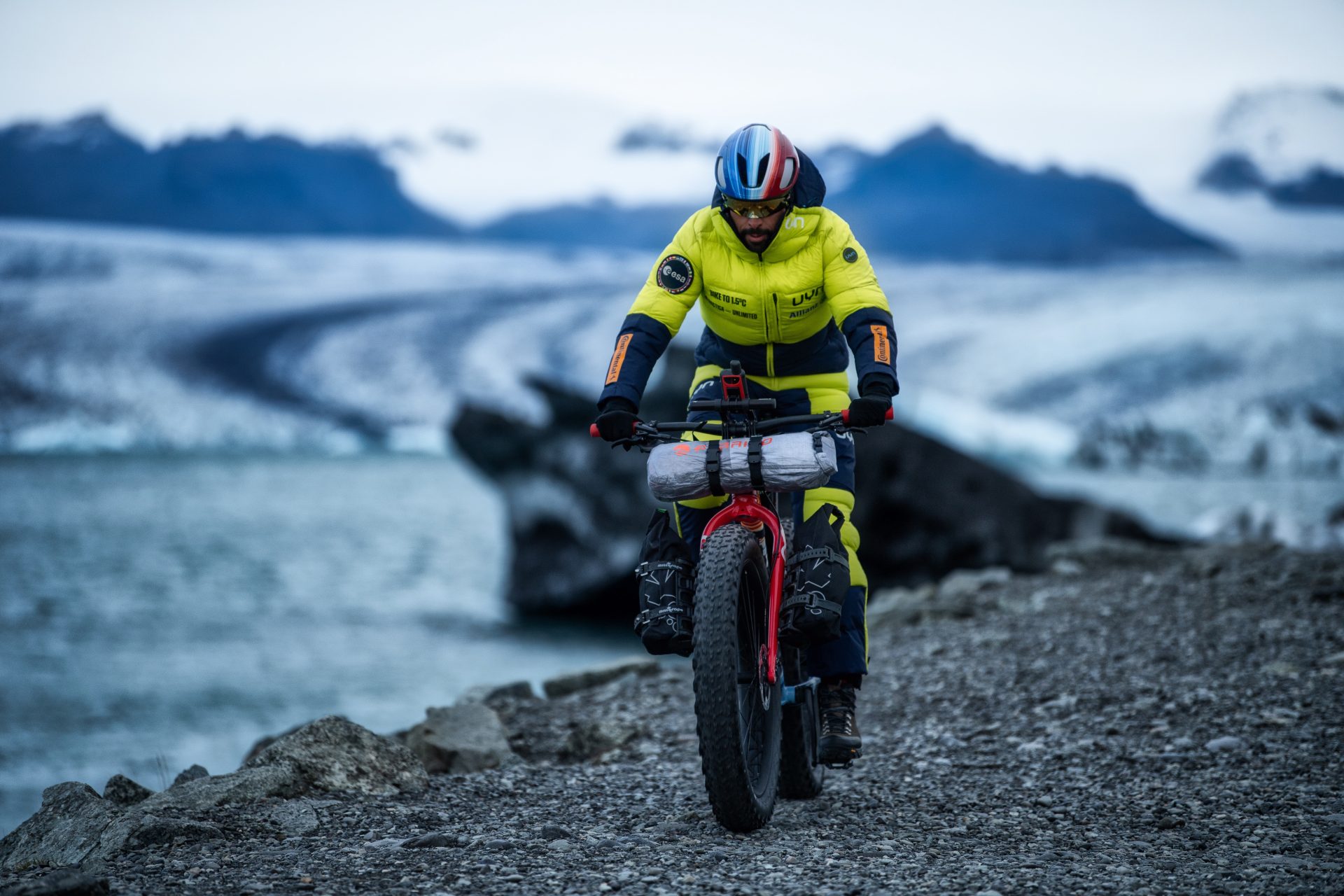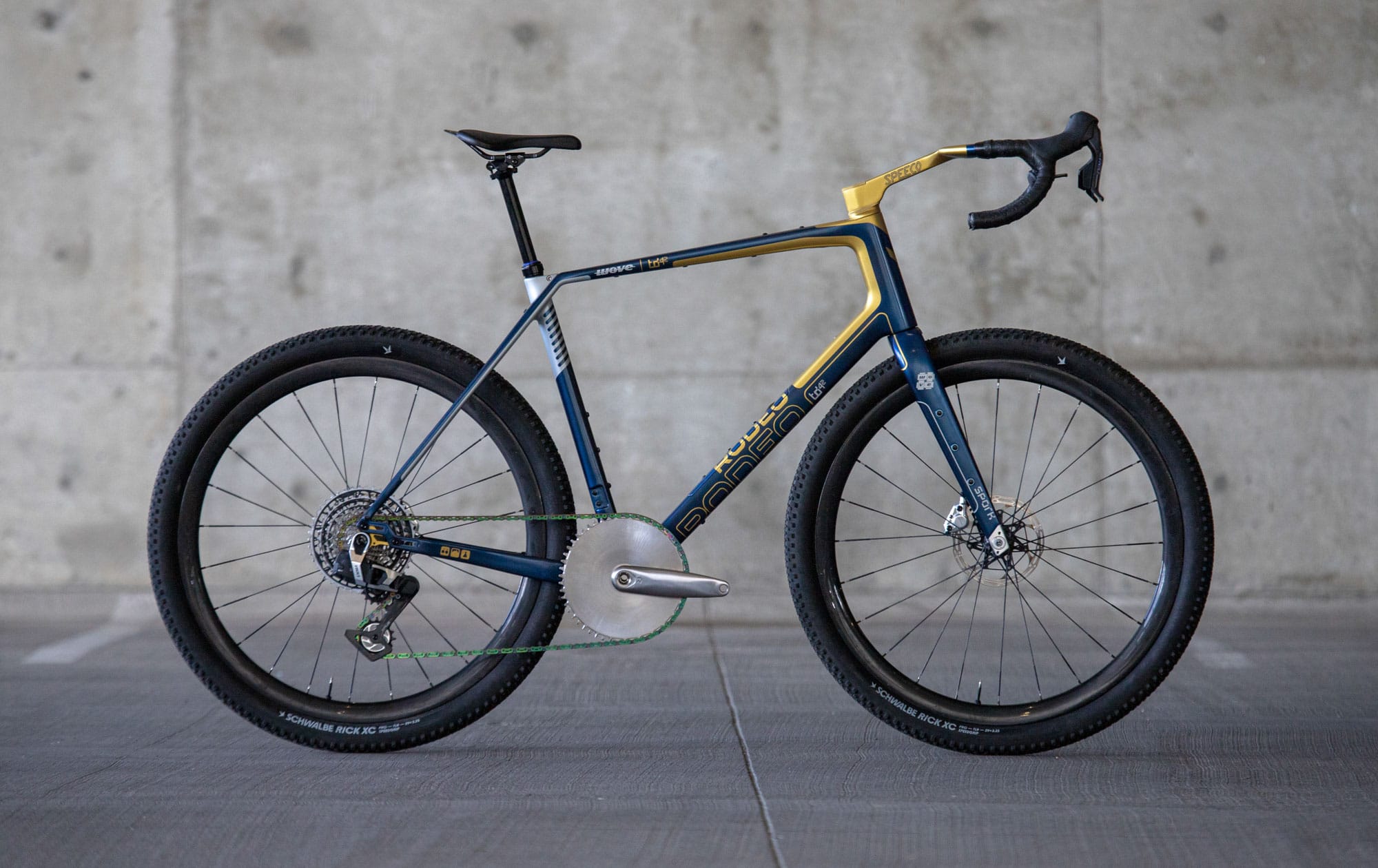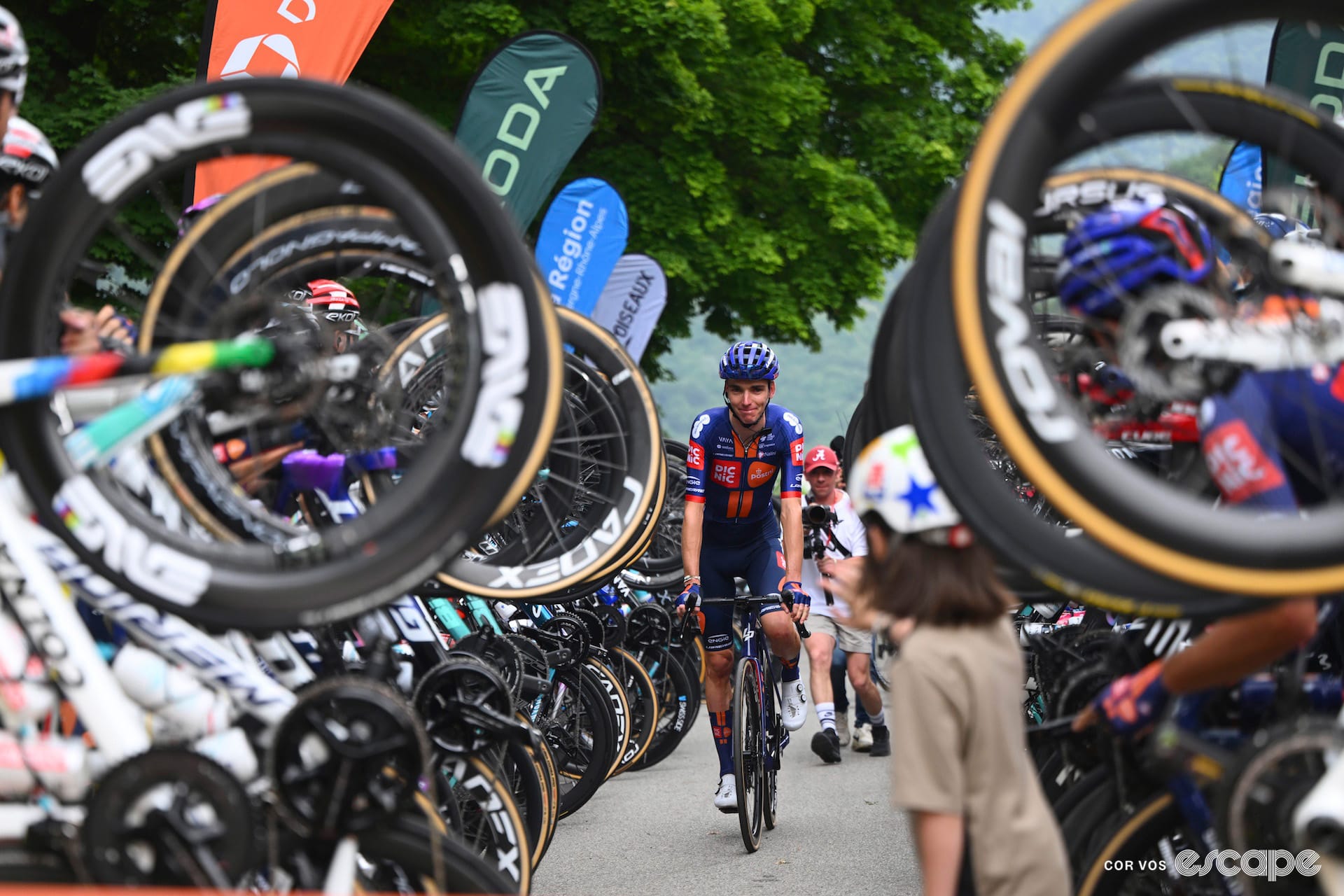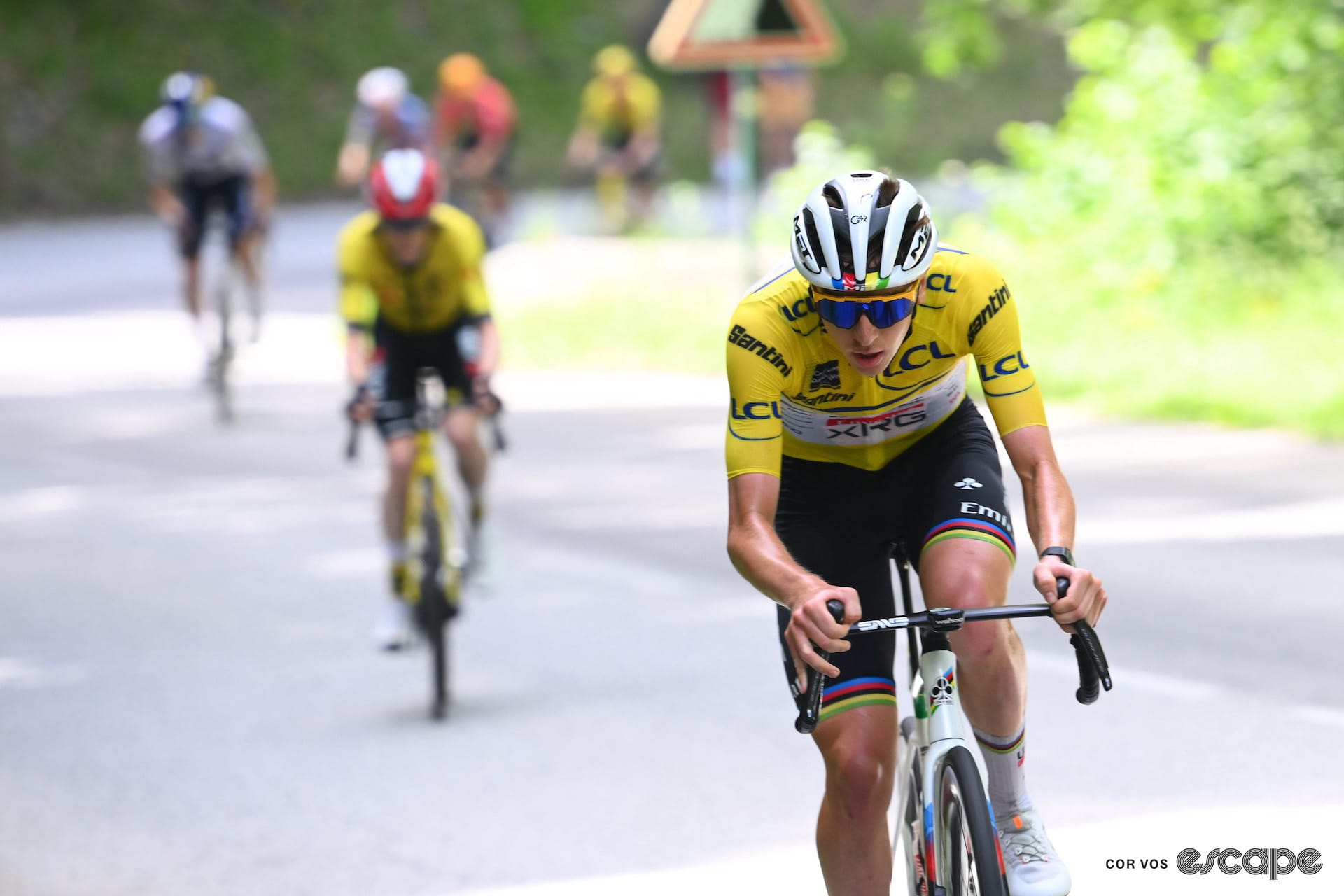Right now, Omar Di Felice is as close as he will get to any kind of help for at least the next two weeks. The Italian adventurer is 34.6 kilometers outside of the scientific camp at Union Glacier, near the Ronne Ice Shelf and although it is the austral summer, temperatures have dipped to -25° C/-13°F.
His only transportation is his feet and his custom Wilier fat bike as he attempts a feat he calls Antarctica Unlimited. Di Felice is not the only person to try a bike trip in Antarctica; Helen Skelton used a bike for part of her long-distance adventure over a decade ago. But Di Felice believes his attempt is the longest solo crossing of the continent on a bicycle. His route: from Union straight across the icy plain to Amundsen-Scott South Pole Station, then a detour to the Transantarctic Mountains by way of the Leverett Glacier. After that, he’ll retrace his steps (or pedal strokes, rather) to the South Pole station. Total distance: 1,600 km/1,000 miles.
If you’re a reader of Jonny Long’s Spin Cycle newsletter (and if you’re not, what are you even doing with your life?), you’ll know that this isn’t Di Felice’s first adventure at the bottom of the world. He tried this same trip in 2022, only to stop after eight days and 100 km due to an ill family member back home. After that attempt, he told the Guardian, he said that more than the physical difficulty, “the biggest challenge is in the mind. Mentally, it is something different to any other place in the world, because you are really, really, really alone.”
He's not kidding. Antarctica, governed by a multinational treaty that essentially sets aside the continent for non-commercial scientific research, is home to as many as 5,000 people in summer (on a landmass of 14 million square kilometers, twice the size of Australia). But they’re clustered in roughly two dozen stations, mostly where the ice sheet meets the world’s oceans. Inside the 80th parallel, where the entirety of Di Felice’s trip takes place, there are just three, and one of them – the Chinese Kunlun base – is on the opposite side of the South Pole.

But don’t discount the physical rigors of the trip as well. Di Felice will be transporting himself across an ice sheet that is anything but smooth, with ridges, faults, even crevasses that must be crossed or avoided. Close to the pole, navigation becomes difficult; analog tools like compasses are not accurate, and GPS can only tell you your location, not which direction to travel. Di Felice will have the advantage of 24 hours of sunlight, but it will essentially rotate on the horizon around him, offering no help for orientation. Even in “summer” temperatures at the South Pole average around -30°C/-22°F, and frequent storms bring whiteout conditions for days at a time. As the celebrated nature writer Barry Lopez put it, “The wind is the only animal that lives here.”
Fun things happen to bicycles at those temperatures too. As adventure cyclist Mike Curiak has found, even vulcanized tires grow brittle at around -40°C (coincidentally, the temperature at which Celsius and Fahrenheit are the same). Hydraulic fluid doesn't flow, and seals shrink; for this reason, Di Felice is probably using cable-activated brakes. Even the grease in bearings can get gritty and stiff; Curiak said below about -50°F, his handlebars wouldn't turn more than a few degrees.
That’s what Di Felice faces, which raises the obvious question: why would someone subject themselves to such an ordeal? Beyond the Mallorian “because it’s there” rationale, Di Felice is attempting to draw attention to climate change, which threatens Antarctica more than any other place on earth.
This being 2023, you can follow Di Felice’s progress on the Endu.net web site, and via periodic updates on his Instagram account. We’ll check back periodically to see how things are going.
Did we do a good job with this story?





